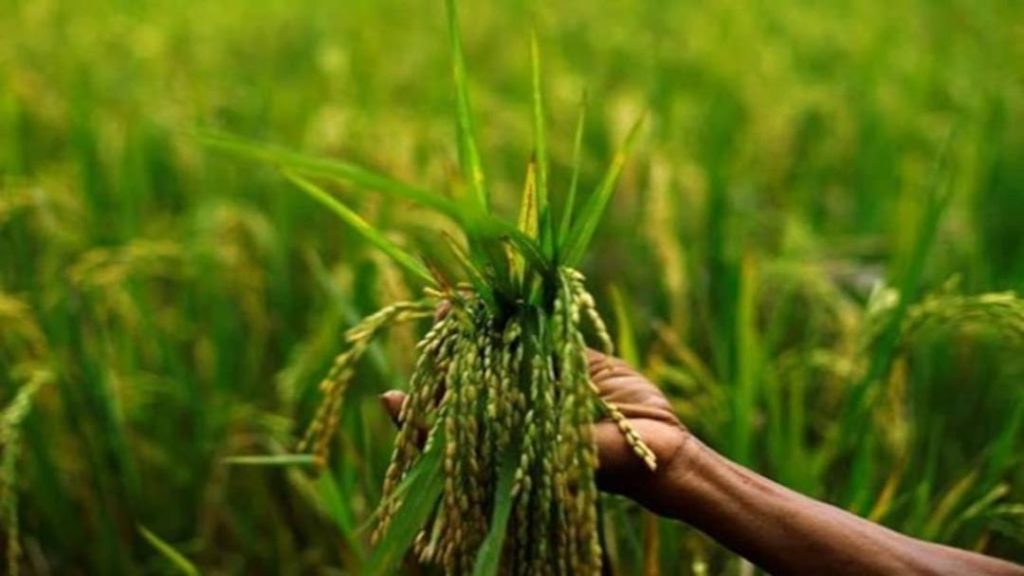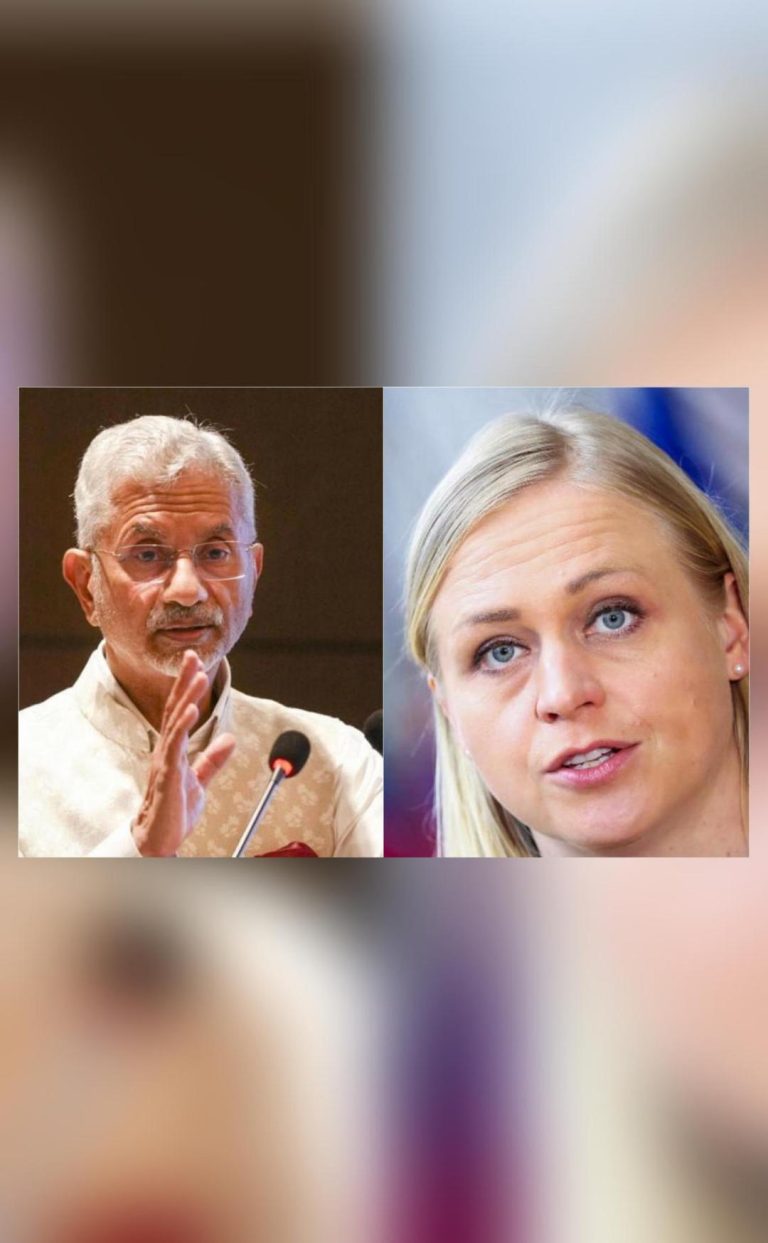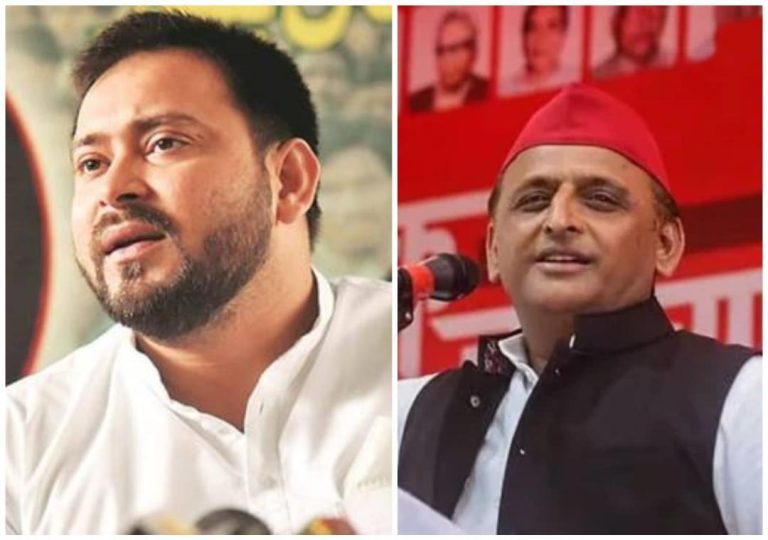
India cutting Chenab’s supply will increase water shortage & impact crops, accepts Pakistan
The Indus Waters Treaty (IWT) between India and Pakistan has been in the news lately, with both countries engaging in a diplomatic row over the treaty’s suspension. The latest development in this saga is a significant admission by Pakistan’s Indus River System Authority (IRSA), which has accepted that India cutting the flow of the Chenab river would lead to increased water shortages across the country. This move would also impact the kharif crops, which are already facing a significant shortage.
According to IRSA, the water shortage in the remaining early kharif season is estimated to be 21%, while the shortage in the late kharif season is expected to be 7%. These figures are alarmingly high, and the impact on the country’s agriculture sector could be severe.
The IWT, signed in 1960, allocates the waters of the Indus and its tributaries between India and Pakistan. The treaty was designed to ensure that both countries benefited equally from the waters of the Indus Basin. However, tensions have been rising in recent years over India’s construction of dams and other water infrastructure projects in the region, which Pakistan claims are violating the terms of the treaty.
In June, India suspended the talks with Pakistan on the IWT, citing Pakistan’s failure to respond to its concerns over the treaty. Pakistan, on the other hand, has accused India of violating the treaty and has demanded that India reduces the flow of water into the Chenab river.
The latest admission by IRSA is a significant development in this ongoing diplomatic row. The organization’s statement suggests that Pakistan is bracing itself for a significant water shortage, which could have far-reaching implications for the country’s agriculture sector.
Pakistan is a predominantly agricultural country, and the kharif season is a critical period for crop production. The country’s farmers rely heavily on the Indus and its tributaries for irrigation, and any reduction in water supply could have a devastating impact on crop yields.
The 21% water shortage in the remaining early kharif season is particularly concerning, as it could lead to a significant reduction in crop production. This could have a ripple effect on the country’s food security, as well as the economy.
The 7% water shortage in the late kharif season is also significant, as it could impact the country’s ability to produce crops during the second half of the year. This could lead to a shortage of essential food items, such as wheat and rice.
Pakistan’s agriculture sector is already facing significant challenges, including climate change, soil salinization, and pests and diseases. A water shortage could push the sector over the edge, leading to widespread crop failures and economic losses.
In conclusion, the admission by Pakistan’s IRSA that India cutting the flow of the Chenab river would increase water shortages across the country is a significant development in the ongoing diplomatic row between the two nations. The impact on Pakistan’s agriculture sector could be severe, leading to crop failures, economic losses, and a shortage of essential food items.
As the situation continues to unfold, it is essential that both countries engage in constructive dialogue to find a solution to the crisis. The IWT is a critical agreement that has governed the sharing of waters between India and Pakistan for over six decades, and its suspension could have far-reaching implications for the region.
It is also essential that both countries prioritize the needs of their citizens, particularly the farmers who rely on the Indus and its tributaries for their livelihood. A water shortage could have devastating consequences for the agriculture sector, leading to widespread economic losses and social unrest.
In the coming days and weeks, it will be essential to monitor the situation closely and provide support to the affected communities. The international community must also play a role in resolving the crisis, by encouraging both countries to engage in constructive dialogue and find a solution that benefits all parties involved.






